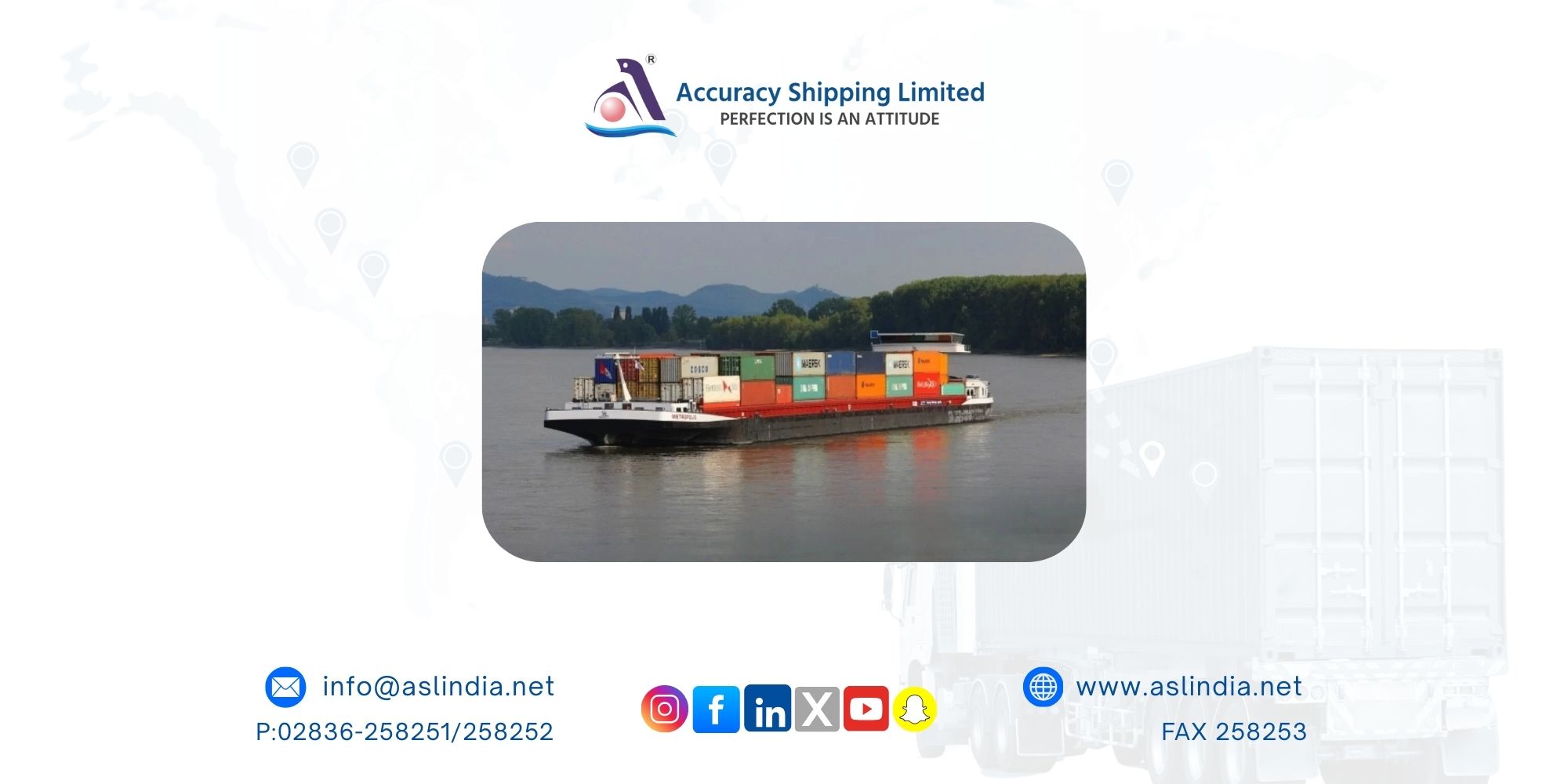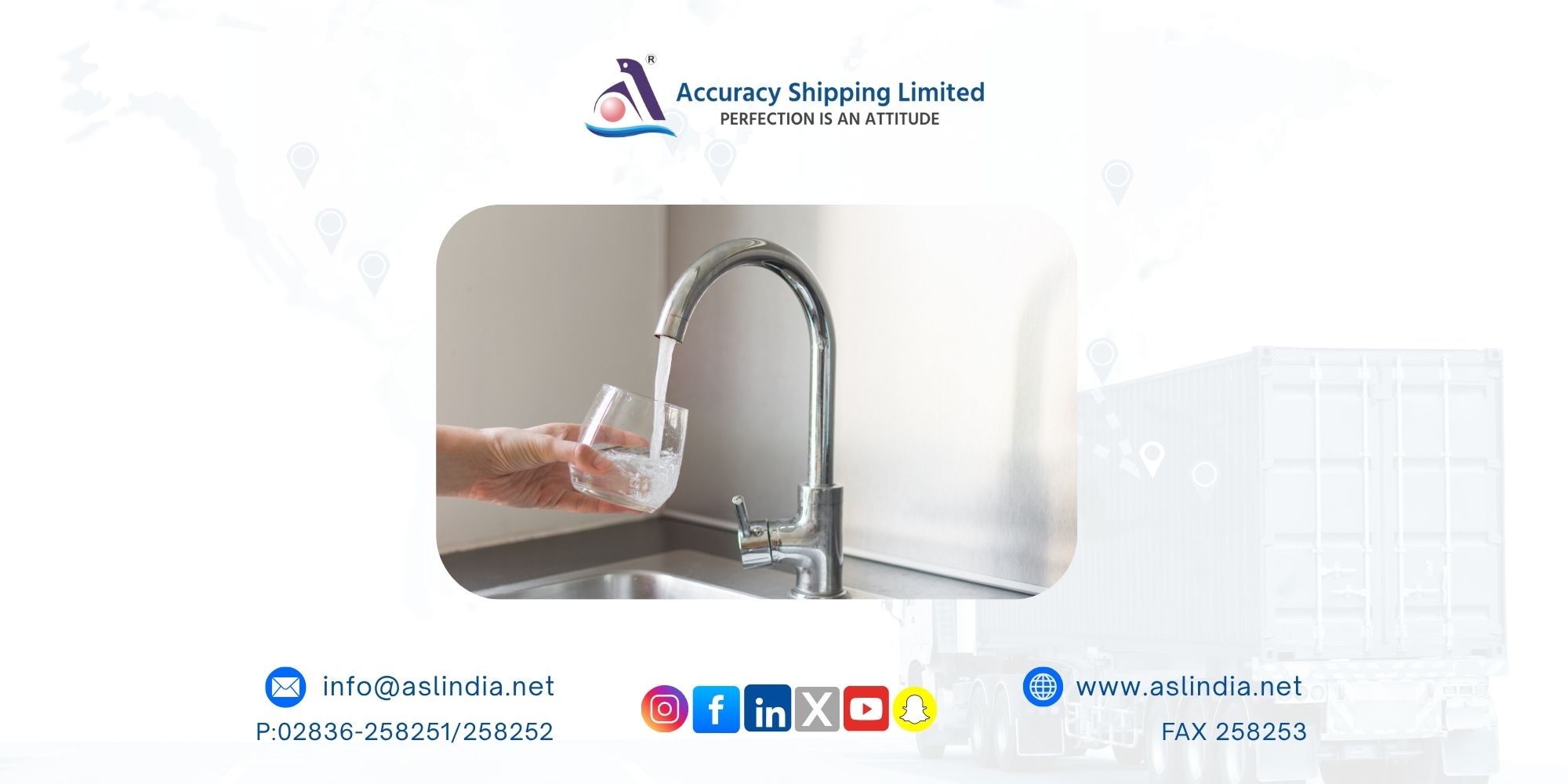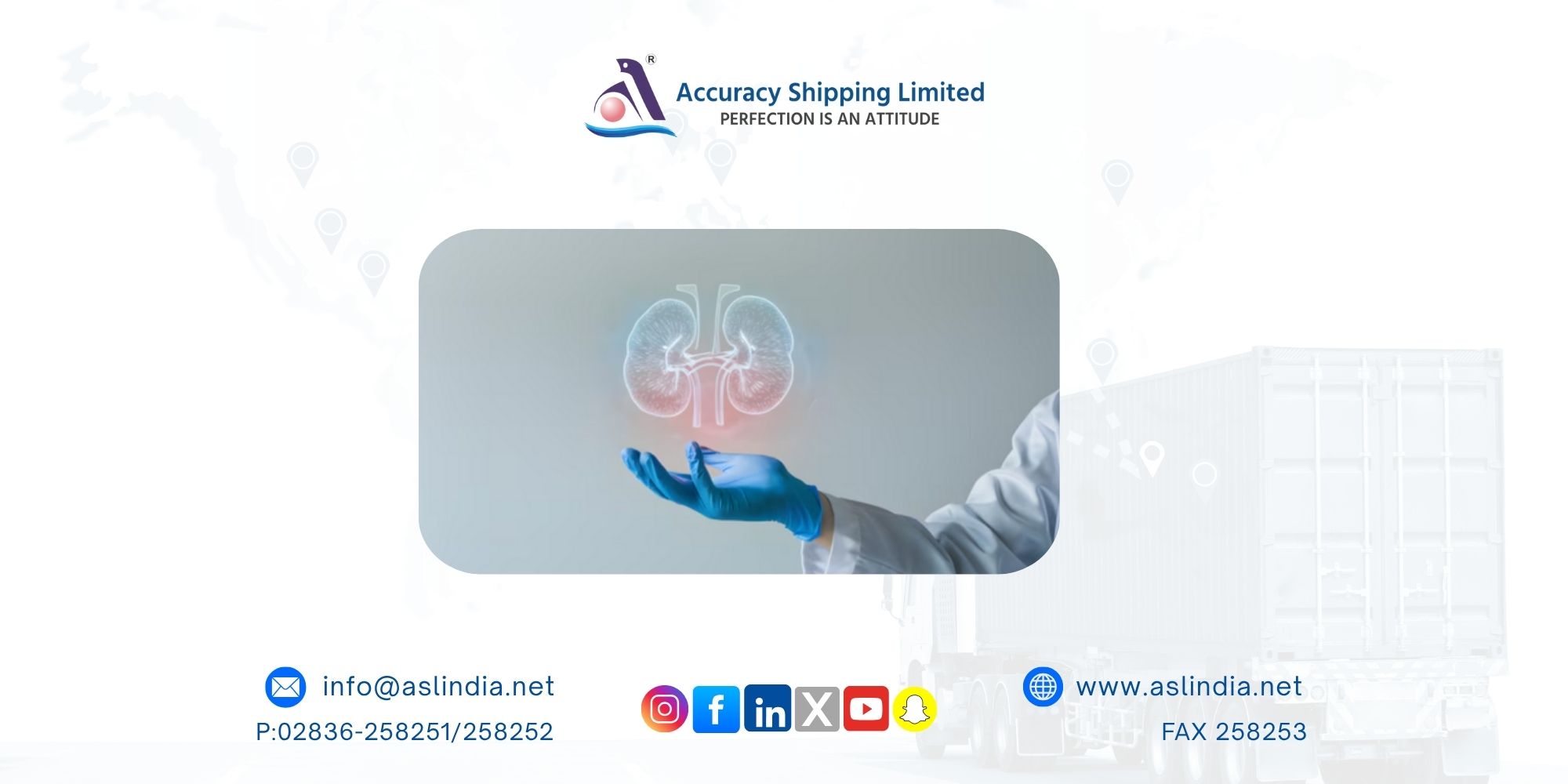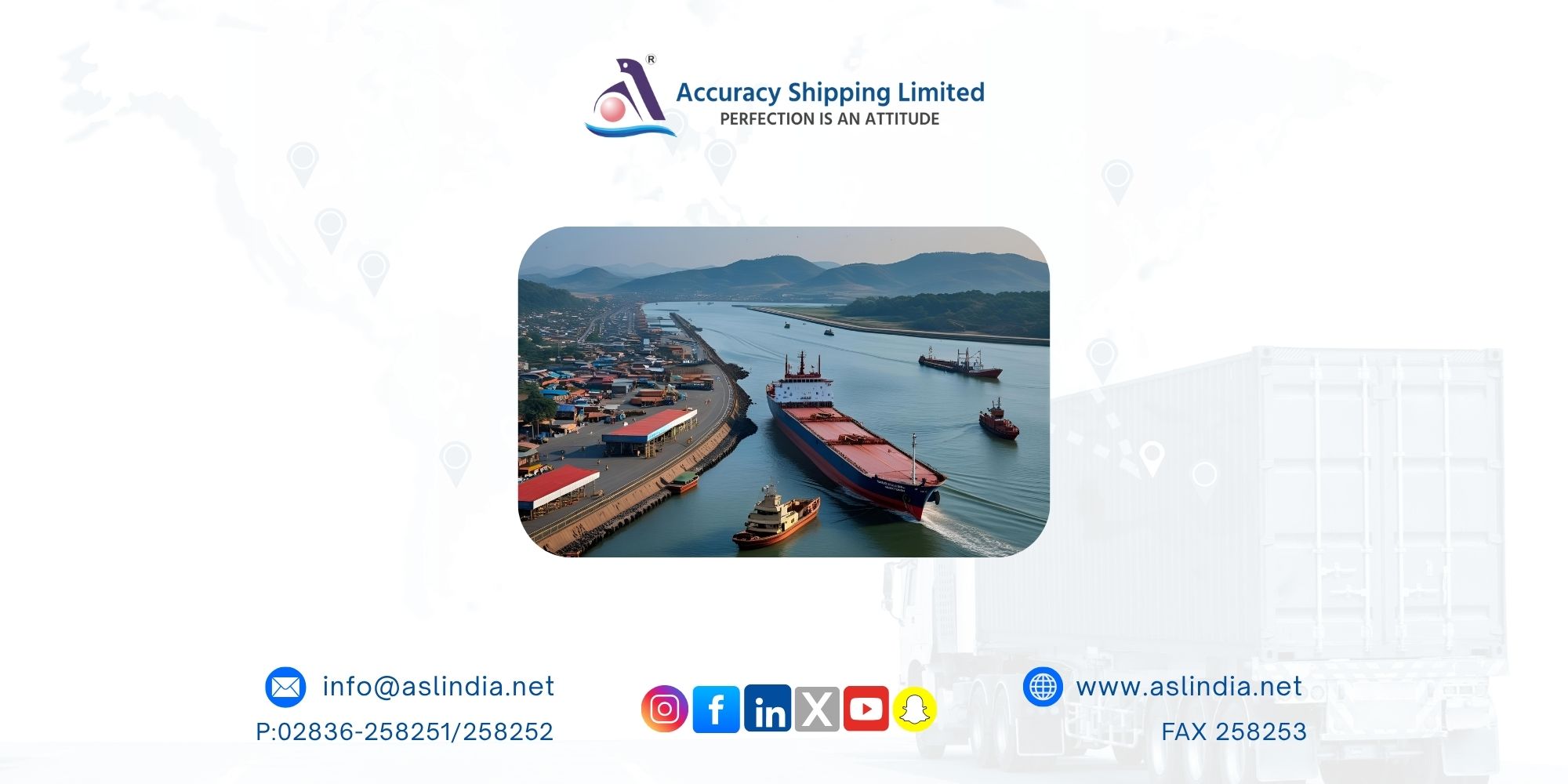Cargo traffic on National Waterways hits record high
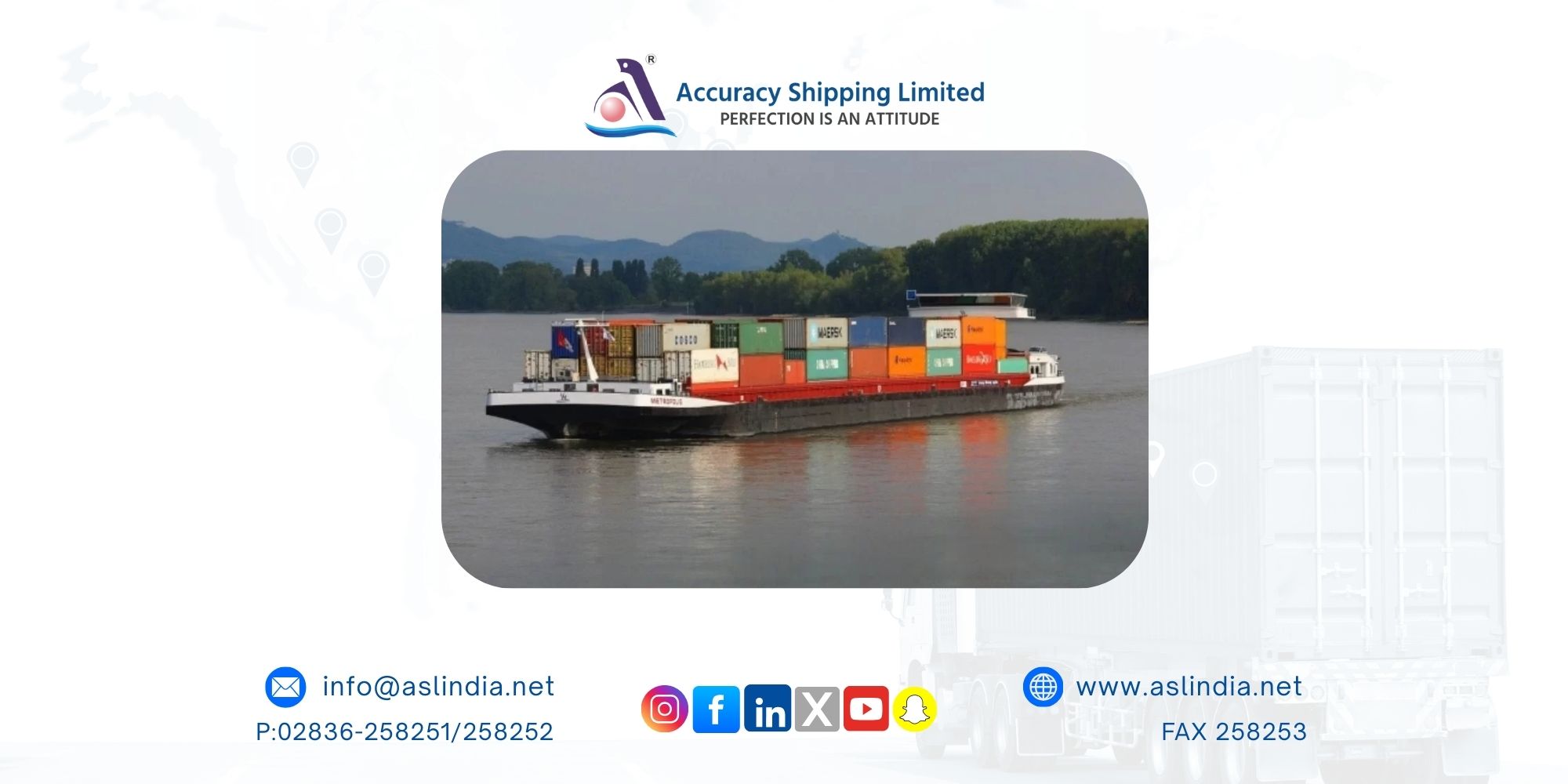
India’s inland water transport (IWT) sector is witnessing a historic transformation. The Inland Waterways Authority of India (IWAI), under the Ministry of Ports, Shipping and Waterways, has achieved a remarkable milestone in cargo movement across the country’s National Waterways (NWs). In the fiscal year 2024-25, cargo traffic soared to an all-time high of 145.5 million tonnes (MMT), setting a new benchmark for the IWT sector.
Record-Breaking Growth
From a modest 18.10 MMT in FY 2014, cargo traffic has grown exponentially to 145.5 MMT in FY 2025, registering a compound annual growth rate (CAGR) of 20.86%. Compared to FY 2024, there has been a year-on-year growth of 9.34%. This surge is not just in numbers but also in the expansion of infrastructure — the total number of operational waterways has risen from 24 to 29, reflecting the government's commitment to boost inland navigation.
Key Commodities Driving the Momentum
Five key commodities — coal, iron ore, iron ore fines, sand, and fly ash — have been pivotal in driving cargo traffic. These alone accounted for over 68% of the total cargo transported on National Waterways during FY 2024-25.
Policy Support & Infrastructure Push
The phenomenal growth in cargo movement is the result of various proactive policy measures and robust infrastructure development:
Jalvahak Scheme: Launched in December, this landmark scheme incentivizes cargo owners and movers to use waterways by offering up to 35% reimbursement of actual operating expenditure. Scheduled cargo services under this scheme are already operational on NW-1, NW-2, and NW-16 through the Indo-Bangladesh Protocol route. It is projected to shift around 800 million tonne-kilometers of cargo from roads and railways to waterways.
Private Sector Participation: The National Waterways (Construction of Jetties/Terminals) Regulations, 2025 has opened doors for private, public, and joint venture entities to build terminals through a simplified digital NOC portal, enhancing investment in inland port infrastructure.
Fairway Development: End-to-end dredging contracts have been awarded to maintain minimum navigational depth across key stretches, ensuring smooth and uninterrupted vessel movement.
Digital Transformation: Implementation of portals like CAR-D and PANI for business facilitation, and Jalyaan and Navic for vessel and crew registration are making the sector tech-enabled. Naudarshika, the National River Traffic and Navigational System, has further improved the safety and monitoring of inland vessels.
Building for the Future
Along with these strategic moves, IWAI is developing essential infrastructure such as IWT terminals, night navigation systems, and navigational locks. These efforts collectively aim to boost the efficiency and reliability of inland water transport.
Leadership and Vision
Under the visionary leadership of Prime Minister Narendra Modi and the able guidance of Minister of Ports, Shipping and Waterways Sarbananda Sonowal, IWAI is making significant progress in making IWT a viable, cost-effective, and sustainable mode of cargo transport. Special focus is being placed on augmenting the capacities of NW-1 (Ganga), NW-2 (Brahmaputra), NW-3 (West Coast Canal), and NW-16 (Barak River), ensuring regional balance and pan-India coverage.
Conclusion
The exceptional rise in cargo traffic on National Waterways is a testament to India’s commitment to transform its logistics ecosystem. With policy innovations, digital adoption, and robust infrastructure, inland water transport is rapidly emerging as a cornerstone of the country’s multimodal transport framework — ushering in a greener, more cost-efficient, and high-capacity future for logistics.



